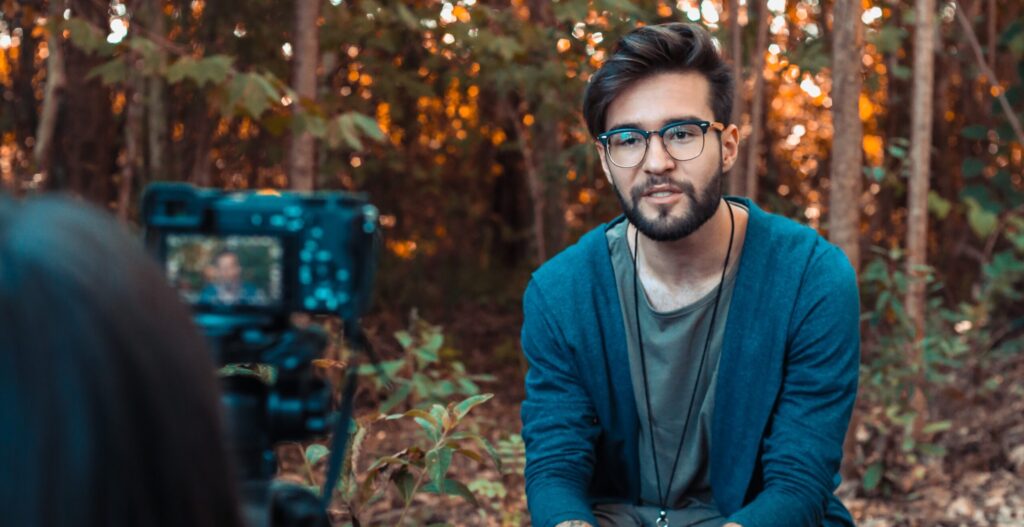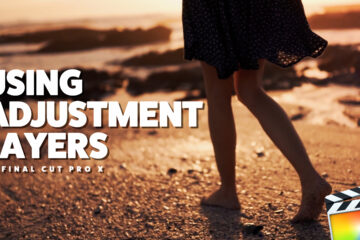When it comes to the settings you should check before pressing record, your frame rate is at the top of the list. It might not seem like a major setting but it can drastically impact how your video looks. Let’s discuss the basics of choosing the right frame rate for your project as well as what exactly it is.
What is a Frame Rate?
Your frame rate is fairly simple to understand. It is basically how many still images your camera takes in a second which is then animated into a movie or video file. One of the huge misconceptions when it comes to frame rate is that shutter speed and frame rate are the same thing. They are actually very different. Like we said the frame rate is how many pictures your camera takes in a second but the shutter speed is how long your shutter stays open to capture one image.
One mistake video beginning video creators make is they will set their shutter speed slower than the frame rate they have chosen to record in. a simple example of this would be if you have your camera set to record at 60FPS (frames per second) but your shutter speed is set to 1/30. Doing this will result in duplicated frames to make up the difference in the lack of proper shutter speed.
A general rule is to always keep your shutter speed double what your frame rate setting is. If you set your camera to record at 60FPS, then make sure your shutter speed is set to at least 1/120.

Choosing the Right Frame Rate
24 – 25 FPS – These 2 frame rates are considered the basic or standard. These rates are typically used for films where the subject isn’t fast-moving such as interviews.
30 FPS – This frame rate is also considered a standard for some projects. The main difference between choosing 30FPS vs 24FPS is that your footage might have a little less motion blur and you are also able to slow it down a bit when you convert it to a 24FPS project in post-production.
48-60 FPS – With these two variations of frame rate you are starting to get into more of a slow-motion look. While you are recording, your footage will look more crisp with less motion blur and when you slow your footage down to 24 FPS or 30 FPS, your subject will move in slow motion while still remaining sharp.
120 FPS – Now you are starting to get into more of a real slow motion frame rate. If you record at this rate, you will be able to slow your videos down so much that this really only works in certain situations. Also, you will need to make sure your scene has enough light to accommodate this high frame rate as well as a higher shutter speed.
Using Frame Rate to Get Smooth Footage
Did you know that you can actually utilize a slower frame rate to get smoother footage? An example of this would be if you are doing a real estate video tour. You can actually set your camera to a quicker frame rate (like 60 or even 120 FPS) and record your scene hand-held. Once you are in post-production, you can slow your footage down to 30 or 24 FPS and magically, 90% of the shakiness and bumpiness is smoothed out!


